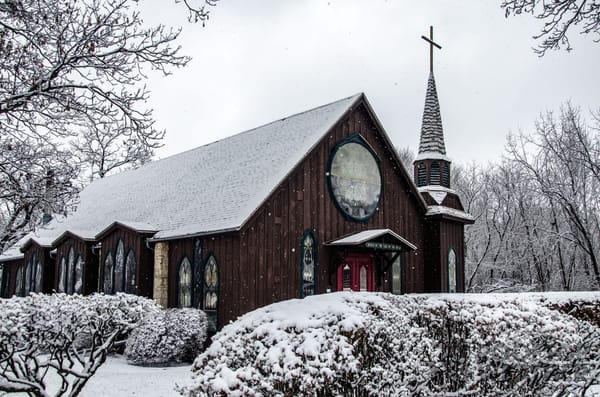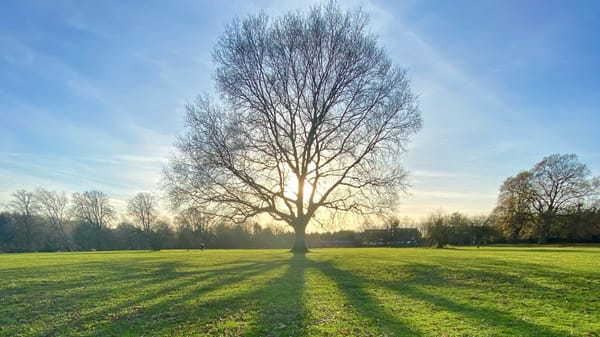Prairie Hill School remembered those who made history at "Old School Gathering"
The event reunited those who had worked at the K-8 school over 50 years.

Prairie Hill School District staff of yesteryear reunited on Saturday, Oct. 15, 2022.
The heart of the event was to give special recognition to administrators, teachers, support staff and bus drivers who were part of the district between the years of 1959 and 2009. During these years, prior to the opening of Willowbrook Middle School in 2009, Prairie Hill was a K-8th grade building, one of the last in Winnebago County. The district's roots go back to 1851.
The people who attended this "Old School Gathering" were foundational to the great PHSD #133. Scores of people from the start of the school from the 1950s to 2000s were in attendance.
For updates, subscribe to our free newsletter!

Keepsake towels came with the message, “There is no school like the “old school,” Bridging the Gap Gathering, Prairie Hill School 1959-2009."
Pam Boggs of Custom Inks in South Beloit said she wanted to give this gift to the school because the school district was so great for her children when they went through the district.
Guests ate brunch and participated in a presentation of the district's history. Maps of our Stateline area marked specific school locations.
Mrs. Eleanor DeRoos was one of the event guests. In the 1950s, she taught at the original Prairie Hill School, which was torn down to build I-90.
Mrs. June Althoff, who is 94 years old, was a part-time nurse in the district.
The theme throughout the day: how PHS was and is a family.

The first three schools were all built around 1851. The old Log Inn was located where Pinnacle Hill Cemetery is now. The Mathews School was open from 1851 until 1882. Eventually it was torn down and replaced by Hayward School from 1885 until 1952. In 1851 the Old Stone School was completed on the corner of Pleasant Valley Road and Prairie Hill Road. That school was in operation until 1881. Later the Old Stone School was moved down the hill closer to Dry Run Creek and was renamed Nicolas School, which was open from 1881-1952.
Rhines said, “108 years after our rural district went from a one school district into three separate schools, it was consolidated, and once again became a one school district. “
Prairie Hill School opened in the fall of 1952. But the tollway extension, as it was designed, had to run through the school grounds. By 1958 the building was sold to the Illinois State Highway Department to be demolished.
This resulted in the new Prairie Hill School opening in 1959 on Ellis Road, later named Willowbrook Road. The new building had four classrooms, a gymnasium, two locker-room/bathrooms, and an office.
Support your local news!
Over the years, more buildings were added. Three different times, portable classrooms on the PHS site served the school until construction was completed. In 1981 a gymnasium was dedicated to Bob Clothier who served the school in different capacities.
Rhines shared news clippings of stories written about the district through the years. Some featured staff and students.
In 2009, Willowbrook became the district's middle school, covering grades 5-8. Prairie Hill became a K-4th grade building (now a pre-K to 4th grade).
When the new middle school was built, the mascot changed from the Blue Devils to the Wolverines.
Teacher Elizabeth Hand said of the event, “Today I had the pleasure of reuniting with so many people that helped build my professional foundation. I don't believe I'd be the educator I am today without their strong influence. We laughed, we teared up and we promised to meet again soon.... Thank you to Michael Rhines for reminding everyone where they came from.”

Jacki Davenport said, “A fabulous reunion of old school PHS faculty and staff. How lucky I am to be part of this amazing group. “
Keli Freedlund, who is now superintendent of the Kinnikinnick School District, reflected, “Today was such a special day filled with such wonderful people. Miranda Lambert is stuck in my head, 'If I could just come in, I swear I'll leave, won't take nothin' but a memory from the house that built me.' Until next time, friends."
Plans are already being discussed for the next year’s gathering, which will include all staff from 1959 to the present day.
All were reminded to know the history of who the Prairie Hill District is, to preserve it and to embrace it.
Rhines' presentation covered more than school history. It began with photos of prairie land, which once covered 60% of Illinois - a total of 22,000 acres. Today, only about 2,500 acres remain.
He showed photos of big bluestem, a tall prairie grass, the roots of prairie plants, and burned prairie. He challenged everyone to identify characteristic traits from nature photos.
Next, Rhines displayed a map of First Nations/Native Americans of Illinois, with populations, tribes, Europeans, diseases, treaties, and current action.
Today in North America, there are 562 different Native tribes. Before 1492, their populations were estimated at 112 million. By 1640, six million remained. Currently there are three million Native people in the United States.
Rhines showed photos of Illini, Ho Chunk, and Dakota tribes. Ho Chunk means “people of the big voice” and Dakota means “friend or ally.”
One of the story clips reads, “The stories of how the native people from our area were treated are regrettably sad. It could be said, however, that it is also a story of survival and hope. “
Stories reflect how the Native peoples lived here on the land that is now Winnebago County in northern Illinois, and Green and Rock counties in Southern Wisconsin.
Rhines read a few excerpts from Cynthia Barlett Bagley's booklet, Where My Spirit Lives: The Winnebago Indians on the Rock and Sugar Rivers 1820s - 1830s.





